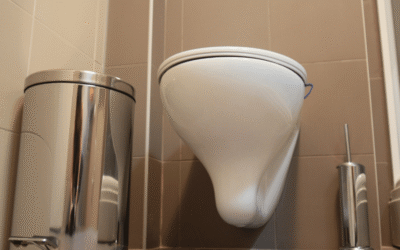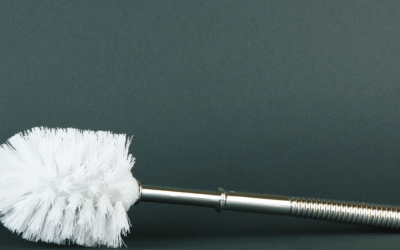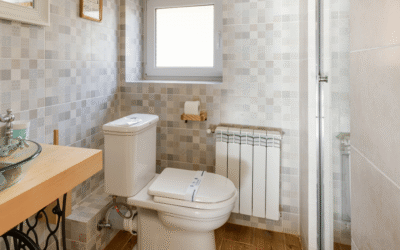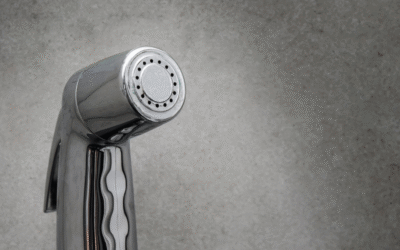Finding the perfect bike saddle can transform a cycling experience from painful to pleasurable. With a myriad of options available, ranging from industry giants to innovative newcomers, choosing the right saddle can feel overwhelming. Saddles are highly subjective; what might be a dream for one rider could be a nightmare for another.
Whether you’re a seasoned cyclist or a novice, understanding the nuances of bike saddles can make all the difference. This guide aims to provide insights and recommendations to help you find the saddle that suits your unique needs and riding style.
Top Amazon Sellers
Key Takeaways
- Personalisation is Crucial: Bike saddles must be chosen based on individual anatomy and riding style to ensure maximum comfort and performance.
- Design and Features Matter: Saddle features like width, shape, and anatomical relief (e.g., cutouts) are essential for pressure relief and reducing discomfort during long rides.
- Types of Saddles: Different types of bike saddles, such as road, mountain, and e-bike saddles, cater to varied cycling styles and terrain requirements.
- Material’s Impact on Comfort: The construction materials, including padding and cover, significantly affect a saddle’s comfort, durability, and support.
Choosing the Right Saddle
Selecting a bike saddle requires attention to specific details to improve the cycling experience. The right choice enhances comfort and encourages longer rides.
Factors to Consider
Consider saddle width, shape, and material to match your anatomy and enhance comfort. Include anatomical relief features for pressure relief and check for the right balance between stiffness and flex.
Tailoring to Riding Style
Riders with upright postures need wider, flatter profiles, while those leaning forward achieve better performance with shorter, contoured saddles. Assess how different saddle designs complement individual riding styles.
Types of Bike Saddles
Finding the best bike saddles requires understanding the different types available. Each type suits specific cycling needs and styles.
Road Bike Saddles
Road bike saddles are designed for speed and efficiency, favouring lightweight materials and aerodynamic shapes. These often feature a flat profile with a narrow width to suit a forward-leaning posture, which reduces wind resistance. Cyclists in racing positions benefit from cutouts or channels for pelvic relief, enhancing comfort during long rides.
Mountain Bike Saddles
Mountain bike saddles prioritise durability and support for varied terrain. They tend to have a more robust build, offering added shock absorption and grip. With a slightly wider shape, they accommodate more upright postures, providing comfort and stability on rough trails. Reinforced covers resist abrasions from off-road conditions.
E-bike Saddles
E-bike saddles focus on comfort, catering to a more relaxed riding style. These saddles typically have wider designs to support the sit bones in an upright position, ideal for commuting and leisurely rides. Enhanced cushioning is common, providing a smoother ride by absorbing road vibrations.
Evaluating Performance
Assessing performance is crucial for identifying the best bike saddles. A well-evaluated saddle enhances ride quality, offering superior comfort and support.
Comfort and Anatomic Relief
Comfort depends on how well a saddle alleviates pressure. Effective anatomic relief features, like cutouts or grooves, reduce discomfort in sensitive areas by distributing weight evenly and promoting circulation, crucial for long rides.
Firmness and Support
Firmness impacts support and stability during cycling. A saddle should balance firmness and cushioning to provide adequate support, preventing excessive flex. Proper support ensures optimal power transfer and reduces fatigue, enhancing overall performance.
Material and Construction
Bike saddles consist of several components that affect comfort and performance. Understanding the materials and construction of these parts helps in selecting the best bike saddles for specific needs.
Padding and Cover
Padding provides cushioning to reduce discomfort on long rides. Foam offers soft support while gel padding delivers plush comfort. The cover material influences durability and breathability. Synthetic fabrics are lightweight and water-resistant, enhancing longevity.
Rails and Base
Rails support the seat, affecting weight and adjustment. Titanium rails offer a lightweight solution but carbon rails provide strength with minimal weight. The base determines the saddle’s flexibility and support. Reinforced nylon bases balance rigidity and comfort effectively.
Conclusion and Top Picks
Choosing the right bike saddle is crucial for enhancing comfort and performance on the road. With a wide array of options available, understanding individual needs and riding styles is key. The article provides valuable insights into the best bike saddles, highlighting the importance of factors such as design, materials, and anatomical relief features. By focusing on these elements, cyclists can find a saddle that offers the perfect balance of support and comfort, allowing for more enjoyable and longer rides. Whether for road, mountain, or e-bikes, selecting a well-suited saddle can significantly transform the cycling experience.
Frequently Asked Questions
How do I choose the right bike saddle for my riding style?
Select a saddle based on your cycling posture and preferences. Aggressive riders might prefer shorter, flatter designs, while those with an upright posture should opt for wider saddles. Consider anatomical relief features to reduce pressure and enhance comfort. Knowing your riding style helps narrow down the options for a more enjoyable and efficient ride.
Why is saddle width important?
Saddle width is crucial as it should support your sit bones comfortably without causing pressure on soft tissues. A saddle too narrow can cause discomfort, while a too-wide one may interfere with leg movements. Measure your sit bone width and add about 1-2 cm to find the right saddle width.
Can the material of a bike saddle affect my comfort?
Yes, saddle material significantly impacts comfort. Foam padding offers firm support, while gel padding provides a softer, cushioned feel. Cover materials, such as synthetic fabrics, influence breathability and water resistance, affecting overall riding comfort, especially in different weather conditions.
What are the benefits of anatomical relief cutouts?
Anatomical relief cutouts help reduce pressure on the perineum, promoting blood circulation and minimising discomfort during long rides. These features are particularly beneficial for preventing numbness and ensuring comfort, especially for riders in aggressive cycling positions.
Are there different types of bike saddles for various cycling styles?
Yes, different cycling styles require specific saddle types. Road bike saddles are lightweight and aerodynamic for speed, mountain bike saddles offer durability and shock absorption, while e-bike saddles focus on comfort with wider designs for leisurely rides. Choosing the right type enhances performance and riding pleasure.
How do I know if a saddle provides sufficient support?
A good saddle should balance firmness and cushioning, ensuring proper support for optimal power transfer and reducing fatigue. Firm support is essential for performance, while sufficient cushioning prevents discomfort over long distances.
Is it normal to feel discomfort when trying a new saddle?
Initial discomfort is common as your body adjusts to a new saddle. Give yourself a few rides to adapt, but persistent pain indicates a mismatch. Ensure the saddle properly supports your sit bones and consider models with pressure-relieving features if discomfort continues.
How can I ensure my saddle’s durability?
Choose a saddle with quality materials like synthetic covers for durability and water resistance. Consider rails made of titanium or carbon for strength and minimal weight. Regular maintenance, such as cleaning and checking for damage, can prolong the saddle’s lifespan.
Can a saddle affect cycling performance?
Yes, a well-matched saddle enhances performance by providing comfort and support, reducing fatigue, and ensuring efficient power transfer. An ill-fitting saddle may cause discomfort, lead to poor posture, and adversely impact pedalling efficiency, ultimately affecting performance.












